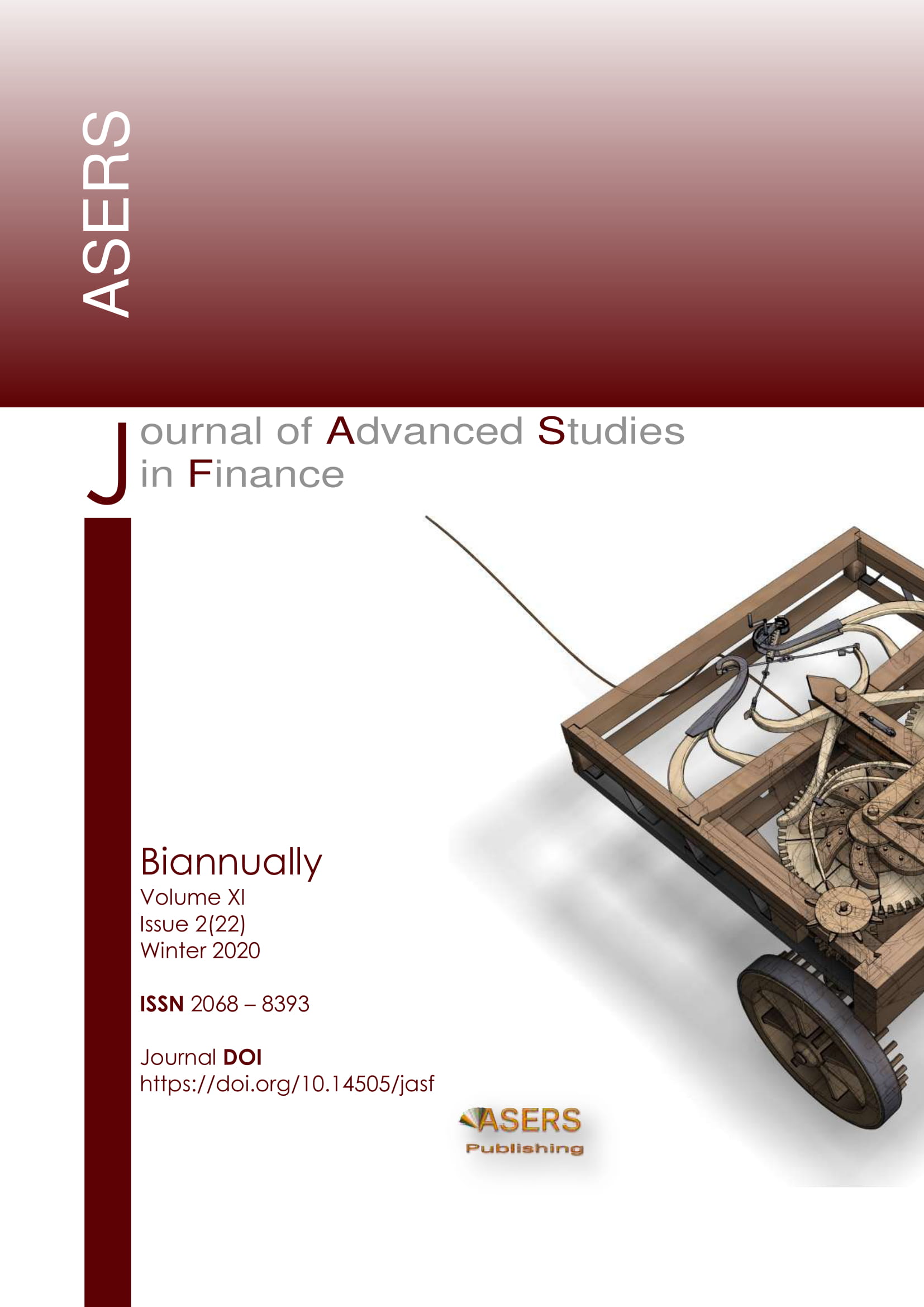Shape Factor Asymptotic Analysis I
Shape Factor Asymptotic Analysis I
Author(s): Frank Xuyan WANGSubject(s): Economy, Business Economy / Management, Financial Markets
Published by: ASERS Publishing
Keywords: shape factor; skewness; kurtosis; asymptotic expansion; Beta distribution; Kumaraswamy distribution; Weibull distribution; GB2 distribution; numerical optimization; characteristic number.
Summary/Abstract: We proposed using shape factor to distinguish probability distributions, and using relative minimum or maximum values of shape factor to locate distribution parameter allowable ranges for distribution fitting in our previous study. In this paper, the shape factor asymptotic analysis is employed to study such conditional minimum or maximum, to cross validate results found from numerical study and empirical formula we obtained and published earlier. The shape factor defined as kurtosis divided by skewness squared !"# is characterized as the unique maximum choice of among all factors. s greater than or equal to 1 for all probability distributions. For all distributions from a specific distribution family, there may exists � > 2such that ��� !|"|& ≥ 1. The least upper bound of all such � is defined as the distribution family’s characteristic number. The useful extreme values of the shape factor for various distributions that are found numerically before, the Beta, Kumaraswamy, Weibull, and GB2 distributions are derived using asymptotic analysis. The match of the numerical and the analytical results may arguably be considered proof of each other. The characteristic numbers of these distributions are also calculated. The study of the extreme value of the shape factor, or the shape factor asymptotic analysis, help reveal properties of the original shape factor, and reveal relationship between distributions, such as that between the Kumaraswamy distribution and the Weibull distribution. We proposed using shape factor to distinguish probability distributions, and using relative minimum or maximum values of shape factor to locate distribution parameter allowable ranges for distribution fitting in our previous study. In this paper, the shape factor asymptotic analysis is employed to study such conditional minimum or maximum, to cross validate results found from numerical study and empirical formula we obtained and published earlier. The shape factor defined as kurtosis divided by skewness squared is characterized as the unique maximum choice of among all factors that is greater than or equal to 1 for all probability distributions. For all distributions from a specific distribution family, there may exists such that. The least upper bound of all such is defined as the distribution family’s characteristic number. The useful extreme values of the shape factor for various distributions that are found numerically before, the Beta, Kumaraswamy, Weibull, and GB2 distributions are derived using asymptotic analysis. The match of the numerical and the analytical results may arguably be considered proof of each other. The characteristic numbers of these distributions are also calculated. The study of the extreme value of the shape factor, or the shape factor asymptotic analysis, help reveal properties of the original shape factor, and reveal relationship between distributions, such as that between the Kumaraswamy distribution and the Weibull distribution.
Journal: Journal of Advanced Studies in Finance (JASF)
- Issue Year: XI/2020
- Issue No: 22
- Page Range: 106-125
- Page Count: 18
- Language: English
- Content File-PDF

